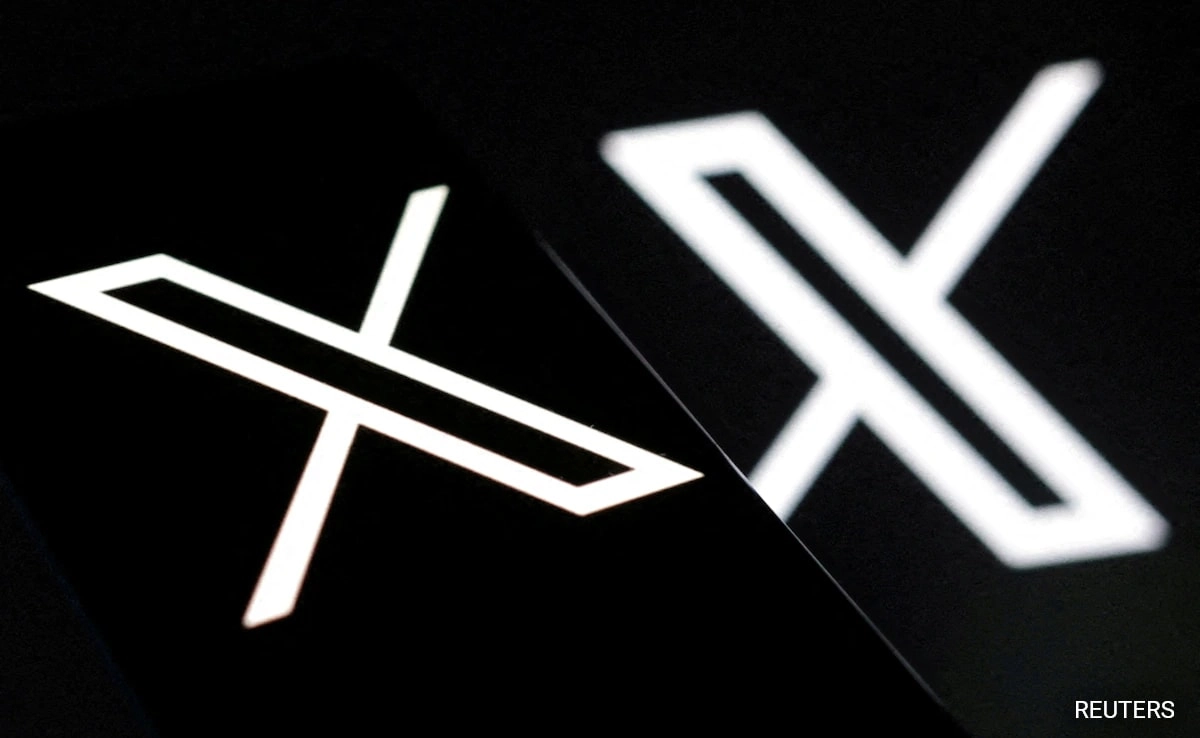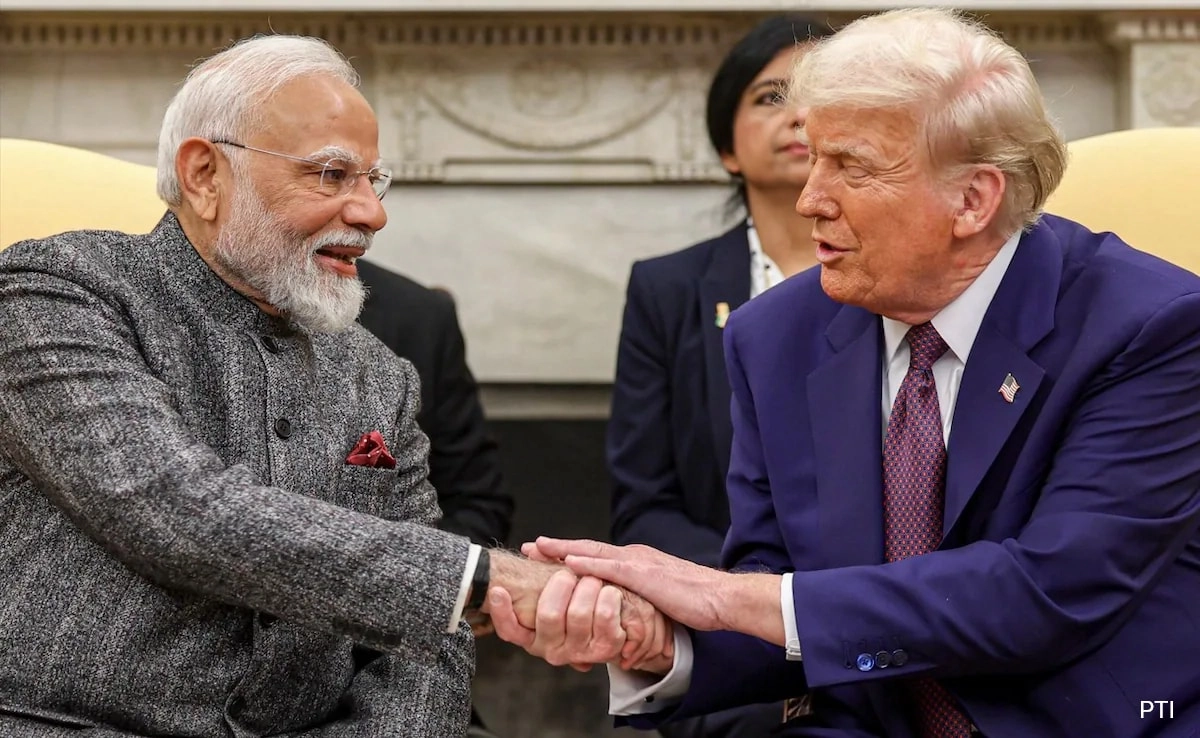The Indian government has recently responded robustly to allegations made by social media platform X, formerly known as Twitter, regarding what the platform describes as a “censorship portal.” The Centre has taken a firm stance, defending its initiative called ‘Sahyog’ in a court setting, asserting that the program is not a mechanism for censorship but a structured approach to ensuring compliance with legal requirements. The government argues that ‘Sahyog’ is designed to facilitate better cooperation between social media platforms and law enforcement agencies, enabling timely responses to issues related to national security, public order, and the prevention of illegal activities.
In its court filings, the government emphasized that the accusations of censorship are unwarranted and mischaracterize the intent behind ‘Sahyog.’ The initiative is aimed at enhancing the safety and security of users by addressing harmful content while respecting the freedom of speech. The Centre contends that it is crucial for social media platforms to adhere to India’s legal framework, which necessitates a collaborative effort to manage content responsibly. The government’s defense highlights the significance of maintaining a balance between safeguarding individual rights and ensuring the broader interests of society.
The controversy has reignited debates about the role of social media in India and the challenges of regulating digital platforms without infringing on user rights. Critics argue that the government’s approach could lead to overreach and stifle free expression online. However, the Centre maintains that ‘Sahyog’ is a necessary tool in the digital age, where misinformation and harmful content can spread rapidly. The government’s legal defense underscores its commitment to transparency and accountability in how it engages with social media companies, aiming to foster a safer online environment while addressing concerns raised by various stakeholders.
As the case unfolds in court, it could set critical precedents for how social media platforms operate in India and how government regulations will shape the digital landscape. The outcome may influence not only the future of ‘Sahyog’ but also the broader relationship between technology companies and regulatory bodies in the country. Both sides remain steadfast in their positions, and the ongoing legal battle will likely hold significant implications for the discourse on digital rights and responsibilities in India.



